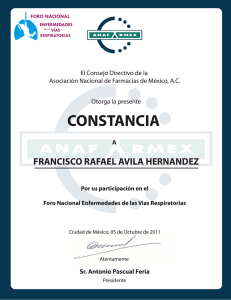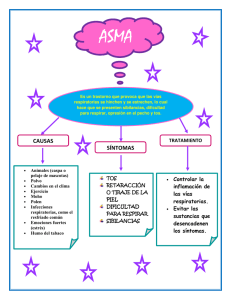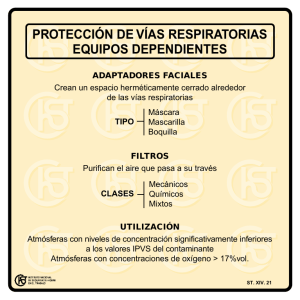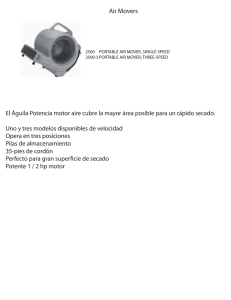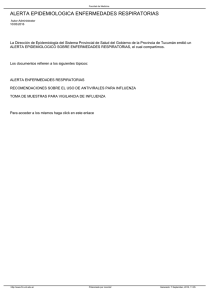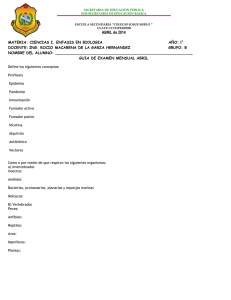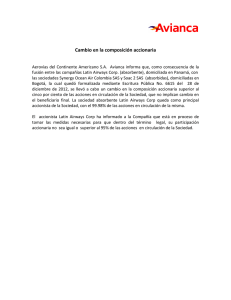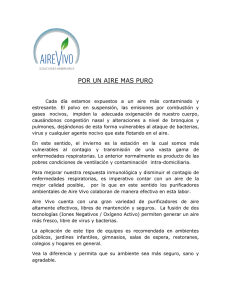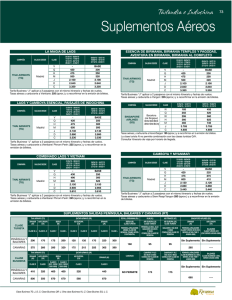Asthma—What happens in the lungs?
Anuncio
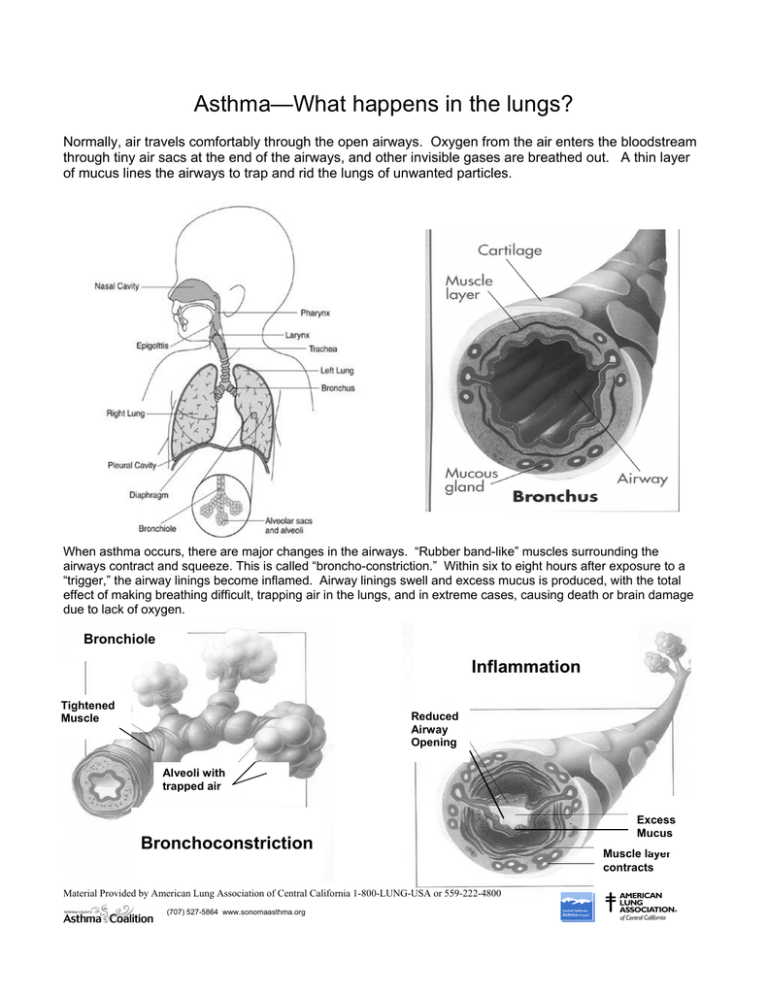
Asthma—What happens in the lungs? Normally, air travels comfortably through the open airways. Oxygen from the air enters the bloodstream through tiny air sacs at the end of the airways, and other invisible gases are breathed out. A thin layer of mucus lines the airways to trap and rid the lungs of unwanted particles. When asthma occurs, there are major changes in the airways. “Rubber band-like” muscles surrounding the airways contract and squeeze. This is called “broncho-constriction.” Within six to eight hours after exposure to a “trigger,” the airway linings become inflamed. Airway linings swell and excess mucus is produced, with the total effect of making breathing difficult, trapping air in the lungs, and in extreme cases, causing death or brain damage due to lack of oxygen. Bronchiole Inflammation Tightened Muscle Reduced Airway Opening Alveoli with trapped air Bronchoconstriction Material Provided by American Lung Association of Central California 1-800-LUNG-USA or 559-222-4800 (707) 527-5864 www.sonomaasthma.org Excess Mucus Muscle layer contracts Asma ¿Qué Pasa en los Pulmones? Normalmente, el aire viaja cómodamente por las vías respiratorias. Oxígeno del aire entra al sistema de sangre a través de pequeñas bolsas de aire al final de las vías respiratorias y otros gases invisibles son exhalados. Una capa delgada de mucosidad a línea las vías respiratorias y atrapan, desechando partículas que dañan al pulmón. Cartílago Cavidad Nasal Músculo Faringe Laringe Epiglotis Tráquea Pulmón izquierdo Bronquíolo Pulmón derecho Glándula de mucosidad Cavidad Pleural Diafragma Bronquio Bronquíolo Vía Respiratoria Bolas de aire Cuando asma ocurre, hay cambios mayores en las vías respiratorias. Músculos – como bandas elásticas rodean la vías respiratorias y se contraen. Esto se llama “constricción bronquial.” Entre 6 a 8 horas después de exponerse a una “agitación” los forros de las vías respiratorias se inflaman y un exceso de mucosidad se produce, causando que la respiración sea difícil, atrapando el aire en los pulmones y en casos extremos, causa muerte o daño al cerebro por falta de oxígeno. Bronquiolo Músculo Contraído Abertura reducida del bronquio Bolsas de aire con aire atrapado Material Provided by American Lung Association of Central California 1-800-LUNG-USA or 559-222-4800 (707) 527-5864 www.sonomaasthma.org Exceso de mucosidad La capa muscular se contrae
